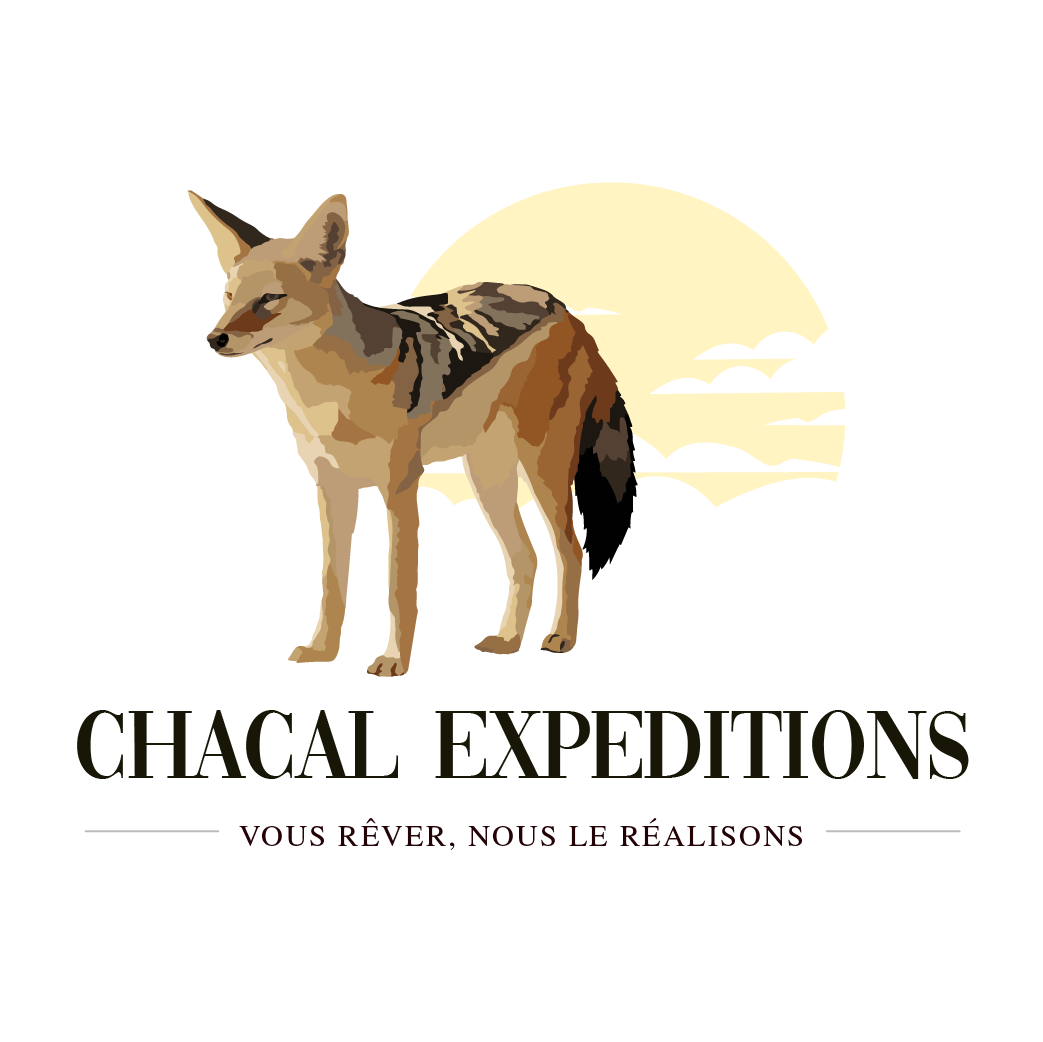How to Plan the Perfect Great Migration Safari in Kenya
The Great Wildebeest Migration in Kenya’s Masai Mara is one of the world’s most spectacular wildlife events. Millions of wildebeests, zebras, and gazelles travel across the plains in search of fresh grazing, providing travelers with breathtaking sights and thrilling wildlife encounters. Planning a safari around this natural phenomenon requires careful preparation to ensure you have the best experience. Here is a complete guide to planning the perfect Great Migration safari in Kenya.
Choose the Best Time to Visit
Timing is crucial when planning a migration safari. The herds move throughout the year between Tanzania’s Serengeti and Kenya’s Masai Mara.
- July to October: This is peak season in the Masai Mara when the herds cross the Mara River, creating dramatic wildlife moments.
- November to June: The herds move south to Tanzania’s Serengeti. However, visiting Kenya during this period still offers excellent wildlife viewing and fewer crowds.
Consider what you want to see river crossings, predator-prey interactions, or vast open plains—and plan your safari accordingly.
Select Your Accommodation
Your choice of lodge or camp greatly impacts your safari experience. Options range from budget-friendly tented camps to luxury lodges.
- Budget Options: Camps like Basecamp Masai Mara offer affordable, authentic experiences near key migration routes.
- Mid-Range Lodges: Options like Governors’ Camp provide comfortable tents and guided game drives at reasonable prices.
- Luxury Lodges: For top-tier experiences, lodges such as &Beyond Kichwa Tembo or Angama Mara offer spacious suites, private decks, and exclusive wildlife viewing opportunities.
Booking early is essential, especially during peak migration months, to secure your preferred lodge and location.
Plan Your Safari Itinerary
A well-structured itinerary ensures you maximize your migration experience.
- Game Drives: Morning and evening drives offer the best chance to witness wildlife activity.
- Hot Air Balloon Safaris: Aerial views of the herds crossing the plains create unforgettable memories and stunning photography opportunities.
- Cultural Experiences: Visiting Maasai villages adds a cultural dimension to your safari, offering insight into the local community and traditions.
Work with Expert Guides
Local guides are invaluable for tracking the migration. Experienced safari operators like Chacal Safaris provide real-time updates on herd movements, river crossings, and predator sightings, ensuring you don’t miss key moments.
Consider Travel Logistics
- Flights: Domestic flights from Nairobi to the Masai Mara save time and add convenience.
- Park Fees: Budget for entrance fees to the Masai Mara, which vary by season.
- Travel Insurance: Comprehensive coverage is recommended for peace of mind.
Packing Essentials
Pack light but wisely: include binoculars, a camera with zoom lens, sunscreen, a hat, neutral-colored clothing, and comfortable walking shoes. Early morning and evening drives can be chilly, so layers are recommended.
Conclusion
Planning the perfect Great Migration safari in Kenya combines timing, accommodation, guided experiences, and careful logistics. Whether you choose a budget-friendly camp or a luxury lodge, witnessing the dramatic river crossings, predator-prey interactions, and vast herds of wildebeest will be a life-changing adventure. With careful planning and expert guidance from Chacal Safaris, your safari can be a seamless and unforgettable journey into the heart of Africa’s wildlife.


Comments